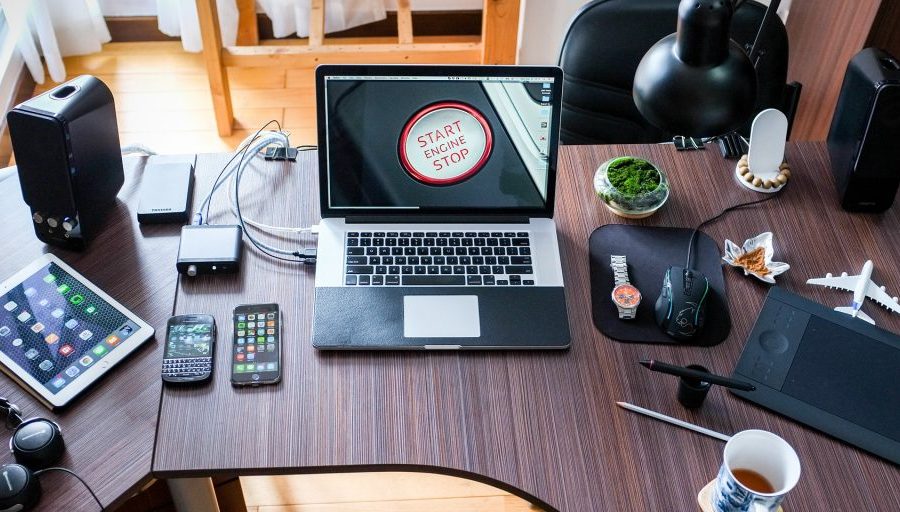The future of work, office and technology in government
As local governments navigate the “new normal,” a few things come to mind in both thought and action. The concept of work and the office has forever changed and so too has the role of information technology (IT). Empirical research demonstrates that those in government—especially those in IT—miss the human socialization that the workforce always provided. One IT director said, “I never realized the need for human contact until I found myself isolated in my home office. Sharing broadband with an entire household, trying to avoid obvious home repairs that cried out for immediate attention took more discipline than I could at times muster.”
Workers of all ranks miss the rumors, jokes and simple camaraderie of an office. And as many IT directors tried, Teams, WebEx, and Zoom became worthy substitutes—but had their drawbacks and limitations. One city manager speaking at a council meeting explained why he was calling off any new building expansion plans until he and his team could assess the future of the office.
Technology played a pivotal role in supporting a workforce that had been firmly attached to a physical office and had to shift in ways and speed not ever contemplated. After a stressful and unpredictable year or so, senior local government management are now assessing the impact of the pandemic on its workers and citizens. Temporary and emergency fixes are now under consideration for a much longer horizon.
Listening to government technology leaders and other senior public managers a few but certain predictions can be made.
- Hybrid is here to stay. While it appears many more workers used to working from home have come to enjoy the freedoms it brings, it must be recognized many also long for the office and the clearer separation of work and home. Some workers are more productive working remotely, while perhaps just as many say they are more productive working in an office setting without household temptations and distractions. A hybrid approach appears to be gaining attention in “no one size fits all” approaches where flexibility will be the goal. Among the options being actively discussed—working at an office two to three days per week and the rest of the week from home.
- Open office concept is dead. According to leading office planners, the once favored “open concept” office has quickly fallen out of favor. Open cubicles were never popular with staff but with the pandemic and the fear of germ spread there were now health reasons that weighed against it. There were too many distractions stemming from open space concepts that saved money but cost in loss of productivity and morale.
- Virtual has its limits. It was not uncommon to hear people say they were “Zoomed out,” referring to endless and often longer than needed virtual meetings. Yes, they served a critical function during an emergency—but the experience left many folks frustrated in regard to getting things done. Surprisingly, collaboration took an unexpected toll as online meeting dynamics wound up not being as effective as simple one-on-one and live group meetings. The human interpersonal factor counts for productivity.
To read the complete article, visit American City & County.

















